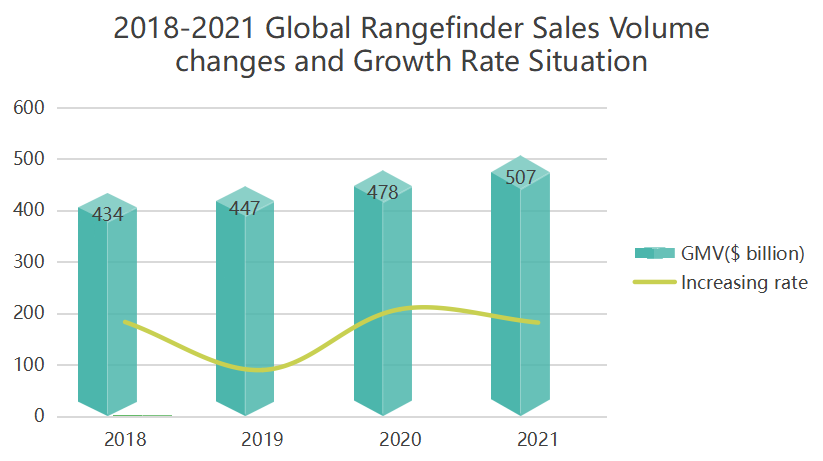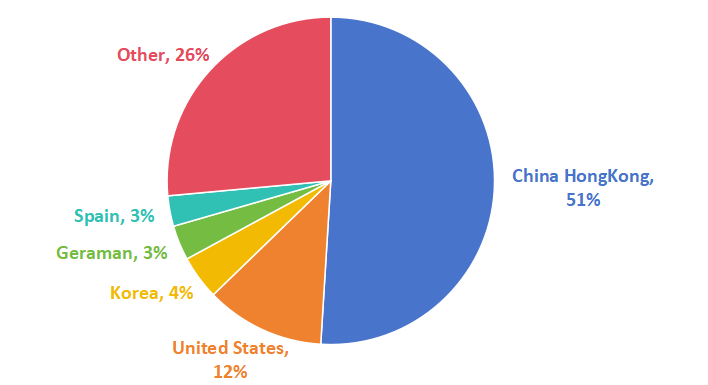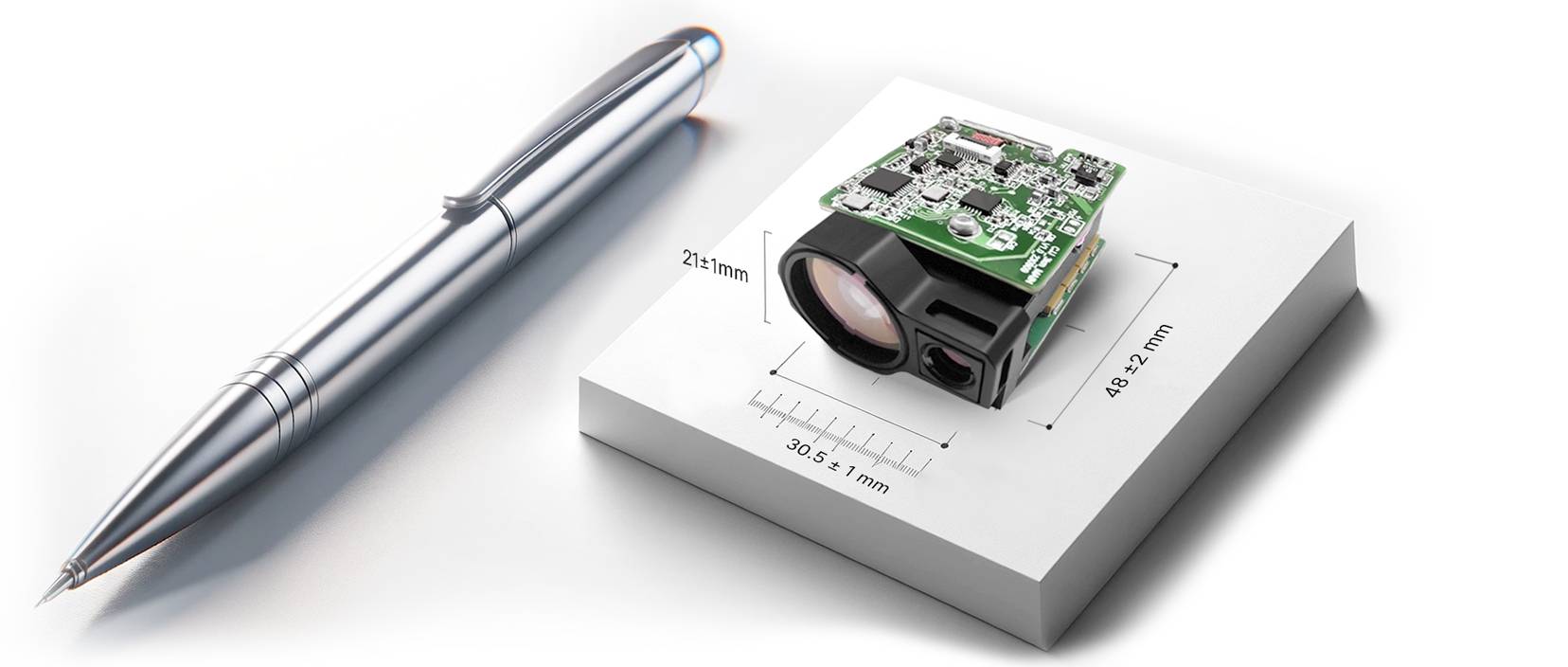Laser rangefinders, complex optoelectronic devices, play a crucial role in accurately measuring distances between objects. These devices integrate three key systems: optical, electronic, and mechanical. The optical component consists of a collimating lens for emission and a focusing lens for reception. The electronic system features a pulse circuit for generating high peak current narrow pulses, a receiver for signal detection, and an FPGA controller to manage pulse triggering and distance calculations. The mechanical system, critical for housing and aligning the device, ensures proper functioning of the optical components.

Laser rangefinders have revolutionized several industries, including autonomous vehicles, defense, scientific research, and sports. Their precision and versatility have made them indispensable in various fields. In the military sector, their evolution has been significant since the Cold War, with applications ranging from target designation to precision-guided munitions. In space and defense, their use dates back to the 1950s, contributing to advancements in sensor and information processing technologies. Additionally, in architecture and internal measurement, laser rangefinders facilitate the creation of detailed 3D models and spatial analyses.
As of 2022, the global market for laser rangefinders stood at approximately $1.14 billion. Forecasters project a growth to around $1.86 billion by 2028, with an 8.5% CAGR. This surge is partly due to the market rebounding post-pandemic. Key segments in this market include telescope and hand-held laser rangefinders, with applications in military, construction, industrial sectors, sports, and forestry. The military segment, in particular, shows promise due to the demand for accurate targeting technologies.

The market is experiencing growth propelled by global initiatives to modernize defense equipment. The rising demand for precise equipment in industries, coupled with applications in surveying and navigation, is fueling this growth. Key driving factors include the burgeoning demand from automotive and healthcare sectors and the increasing adoption of high-precision tools in industrial processes. Additionally, the evolution of laser-guided weaponry and modern warfare tactics is catalyzing the use of laser rangefinders.
Despite the market's potential, challenges like health risks, high costs, and operational issues in adverse weather conditions pose threats to growth. Regionally, North America leads in market share and demand, with the Asia Pacific region showing significant growth, especially in countries like India, China, and South Korea.

Regional Distribution of Exports as a Percentage
China's rangefinder export market is dominated by destinations like Hong Kong (China), the United States, South Korea, Germany, and Spain. Hong Kong (China) holds the largest share at 50.98%, followed by the United States at 11.77%.

The laser module is a critical component of a laser rangefinder, influencing its accuracy, speed, and efficiency. Lumispot Tech has made significant strides in this area with the introduction of the LSP-LRS-0310F laser rangefinding module. This module, featuring a 1535nm erbium-doped glass laser, is designed for drones and handheld devices. Despite its compact size, it offers impressive technical capabilities, such as a beam divergence of 0.6 mrad and accuracy within 1 meter. This advancement underscores Lumispot Tech's commitment to enhancing the performance and adaptability of laser rangefinding technology.
Development of a novel time-of-flight laser rangefinder for opto-mechatronic applications - M. Morgan, 2020
History of military laser technology development in military applications - A. Bernatskyi, M. Sokolovskyi, 2022
A History of Laser Scanning, Part 1: Space and Defense Applications - Adam P. Spring, 2020
Application of Laser Scanning in Internal Surveying of Premises and Development of 3D Model of Building - A. Celms, M. Brinkmanis-Brimanis, Melanija Jakstevica, 2022
Disclaimer:
We hereby declare that certain images displayed on our website are collected from the internet and Wikipedia for the purposes of furthering education and sharing information. We respect the intellectual property rights of all original creators. These images are used with no intention of commercial gain.
If you believe that any content used infringes upon your copyrights, please contact us. We are more than willing to take appropriate measures, including removing the images or providing proper attribution, to ensure compliance with intellectual property laws and regulations. Our aim is to maintain a platform that is rich in content, fair, and respectful of others' intellectual property rights.
Please reach out to us via the following contact method, email: sales@lumispot.cn. We commit to taking immediate action upon receipt of any notification and ensure 100% cooperation in resolving any such issues.
Contact: Lumispot
Phone: +86-15072320922
Tel: +86-510-87381808
Email: sales@lumispot.cn
Add: Bldg 4 No.99 Fu Rong 3rd Road, Wuxi, China